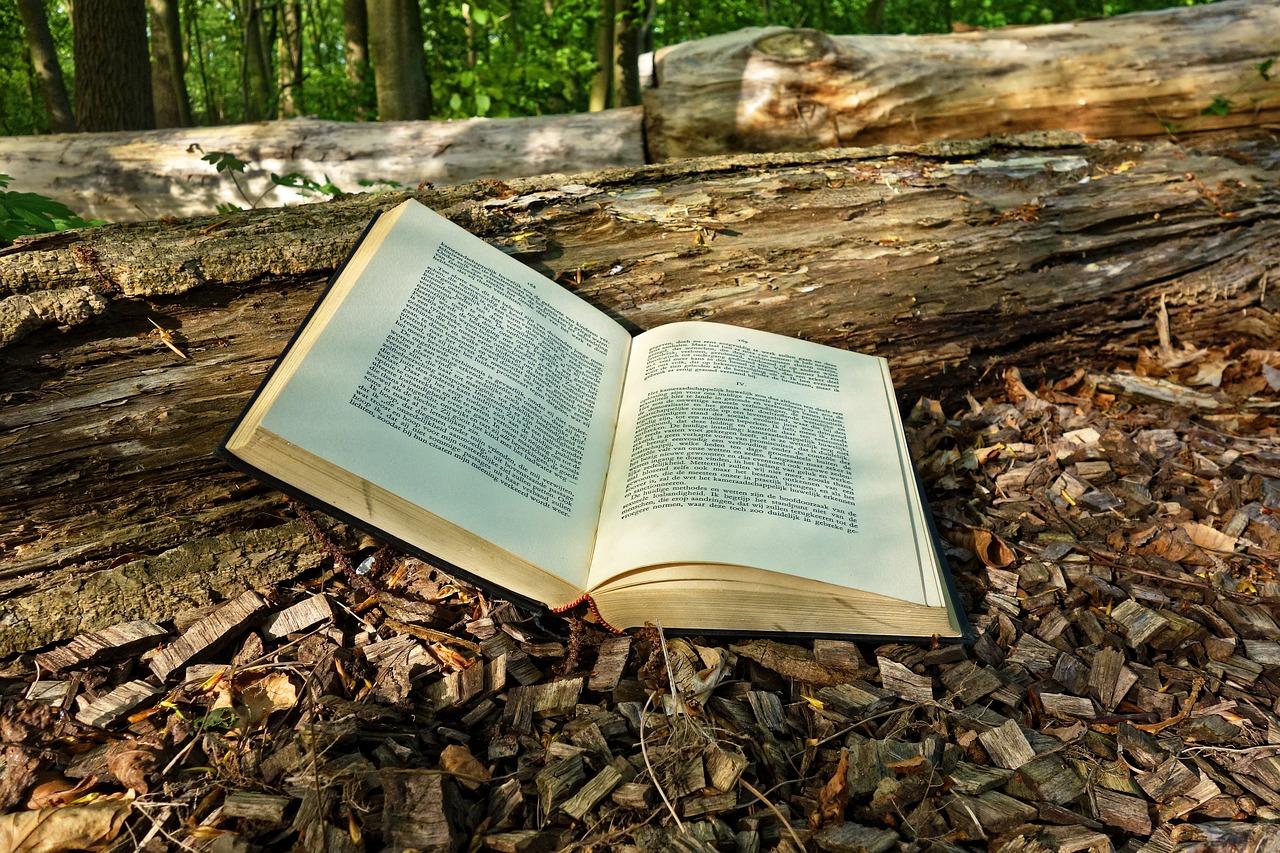
Corresponding with the Confluence events beginning September 10th, now seemed like the opportune time to talk about ecofiction, as a genre and a social transition. The Confluence events seek to celebrate the intersection of art, environment and activism, and ecofiction in its modern form is often inextricably bound to all three. Ecofiction, or ecological fiction, has made significant leaps over the past several decades, but certainly existed prior to the popularization of the term in the 1970’s. To even call it a genre would be a mistake; it presents, rather, as a descriptor which extends its tendrils into many different branches of the literary world. While definitions abound, Jim Dwyer’s four characteristics of ecofiction from his book Where the Wild Books Are seem to me the most comprehensive. He describes ecofiction thusly:
The nonhuman environment is present not merely as a framing device but as a presence that begins to suggest that human history is implicated in natural history.
The human history is not understood to be the only legitimate interest.
Human accountability to the environment is part of the text’s ethical orientation.
Some sense of the environment as a process rather than as a constant or a given is at least implicit in the text.
Clearly, texts which comply with these principles have existed for hundreds of years, as long as humans have written about nature as a complex system within which we are intertwined. Writers like John Steinbeck, Daphne du Maurier, Frank Herbert, and E. B. White all contributed to the field of ecofiction in the early to mid 20th century without bringing up climate change as we would think of it today. That being said, the category has taken on new significance, and perhaps importance, as our notion of the environment becomes increasingly filtered through an awareness of the anthropocene and our dangerous impact on our ecosystems. In writing about the environment today, it seems like in order to ethically orient the text towards “human accountability to the environment” as described above, some mention of climate change or the human activities that cause it is necessary. However, the manner in which that concern is represented within the plot can vary drastically. The recent bestseller The Overstory, by Richard Powers, uses the natural world as a framing device for many of the stories within the novel, in which the destruction of the environment motivates some characters more directly than others. Ministry for the Future, by Kim Stanley Robinson, sets solving environmental catastrophe on a broad scale as the driving force behind the entire story. The new release Venomous Lumpsucker, by Ned Beauman, deals with ecological collapse through the lens of a single species. Talking about climate change in fiction appears to be as multifaceted as the phenomenon itself.
Confluence promises to forefront many of the same themes highlighted by the books and authors listed here. The panels and discussions take the form of both an appreciation of nature and a call to action. Please consider taking some time out of your weekend to join in the celebration of our wonderful, interconnected world!
